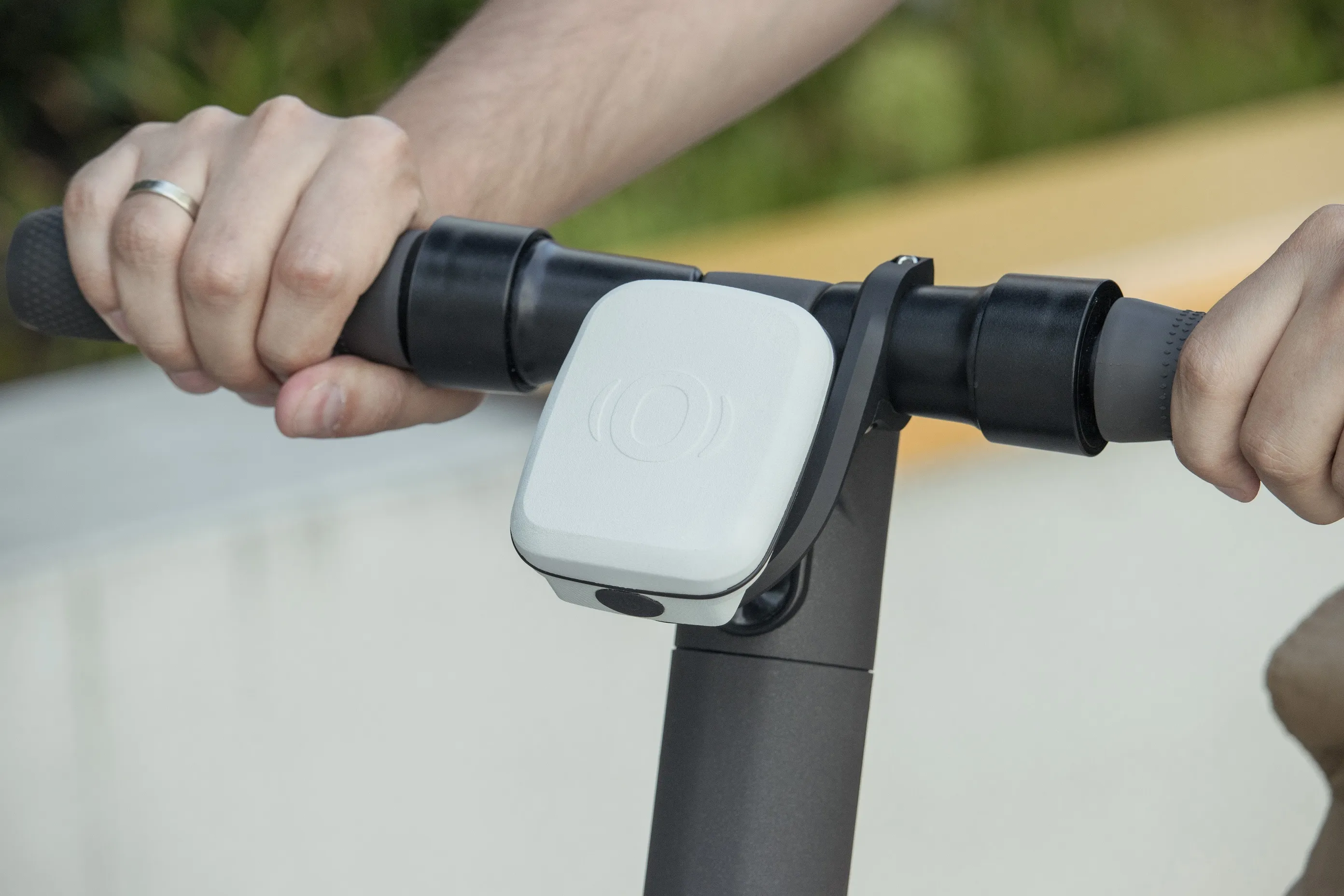According to Frost and Sullivan, the use of Ethernet technology in automotive is gaining pace in Europe and North America. The paradigm shift towards connected cars and associated services such as automotive app stores and connected location-based services is fuelling the uptake. Along with the need to integrate multiple consumer electronic devices, the importance of offering prioritised, personalised services and maintaining brand identity are compelling automotive OEMs (original equipment manufacturers) t
January 22, 2014
Read time: 3 mins
According to Frost and Sullivan, the use of Ethernet technology in automotive is gaining pace in Europe and North America. The paradigm shift towards connected cars and associated services such as automotive app stores and connected location-based services is fuelling the uptake. Along with the need to integrate multiple consumer electronic devices, the importance of offering prioritised, personalised services and maintaining brand identity are compelling automotive OEMs (original equipment manufacturers) to adopt Ethernet technology.
New analysis from the company, Strategic Outlook of Automotive Ethernet Technology in Europe and North America, expects the number of Ethernet nodes to rise to more than 100 in luxury cars, 50-60 in cars sold in the mass market, and up to 10 in entry-level cars by 2020. The global market for Ethernet ports is expected to reach 300 million by 2020, with North America and Europe contributing the most to the total revenue.
User interest in audio and video applications for advanced driver assistance systems like camera assisted parking, lane departure warning systems, collision avoidance systems, and traffic light recognition is spurring the adoption of high-speed Ethernet in the range of 100 megabits per second. As a result, automotive OEMs and tier I suppliers in Europe and North America continue to work on Ethernet-based electrical and electronic (E/E) system architecture for vehicle applications though it is a time-consuming, research-intensive, and expensive process.
“Ethernet could serve as a backbone to the electronic architecture connecting domains and sub-networks for in-vehicle applications, especially as other car networks like local interconnected network, controller area network, and FlexRay lack the specifications to meet the demand for high bandwidth and scalability,” said2097 Frost & Sullivan automotive and transportation research analyst Divya Krishnamurthy. “This is highlighting the need for a common network that can support several in-vehicle requirements.”
Standardising Ethernet platforms will offer benefits in terms of cost, performance, interoperability, upgradability, and faster time-to-market. In fact, the OPEN Alliance Special Interest Group, a non-profit alliance of automotive industry players and technology providers, aims to make BroadR-reach Ethernet technology a standard solution for infotainment and telematics.
“Ethernet in the automotive industry will not only redefine future E/E architecture, but will also lead to the introduction of new business models, such as bundled subscription services, incremental services, targeted sales, upfront revenue, and pay-per-use for OEMs, tier I suppliers and telecom industries,” noted Krishnamurthy. “It will also open doors for innovative products like autonomous driving and application domains inside the vehicle.”
New analysis from the company, Strategic Outlook of Automotive Ethernet Technology in Europe and North America, expects the number of Ethernet nodes to rise to more than 100 in luxury cars, 50-60 in cars sold in the mass market, and up to 10 in entry-level cars by 2020. The global market for Ethernet ports is expected to reach 300 million by 2020, with North America and Europe contributing the most to the total revenue.
User interest in audio and video applications for advanced driver assistance systems like camera assisted parking, lane departure warning systems, collision avoidance systems, and traffic light recognition is spurring the adoption of high-speed Ethernet in the range of 100 megabits per second. As a result, automotive OEMs and tier I suppliers in Europe and North America continue to work on Ethernet-based electrical and electronic (E/E) system architecture for vehicle applications though it is a time-consuming, research-intensive, and expensive process.
“Ethernet could serve as a backbone to the electronic architecture connecting domains and sub-networks for in-vehicle applications, especially as other car networks like local interconnected network, controller area network, and FlexRay lack the specifications to meet the demand for high bandwidth and scalability,” said
Standardising Ethernet platforms will offer benefits in terms of cost, performance, interoperability, upgradability, and faster time-to-market. In fact, the OPEN Alliance Special Interest Group, a non-profit alliance of automotive industry players and technology providers, aims to make BroadR-reach Ethernet technology a standard solution for infotainment and telematics.
“Ethernet in the automotive industry will not only redefine future E/E architecture, but will also lead to the introduction of new business models, such as bundled subscription services, incremental services, targeted sales, upfront revenue, and pay-per-use for OEMs, tier I suppliers and telecom industries,” noted Krishnamurthy. “It will also open doors for innovative products like autonomous driving and application domains inside the vehicle.”










